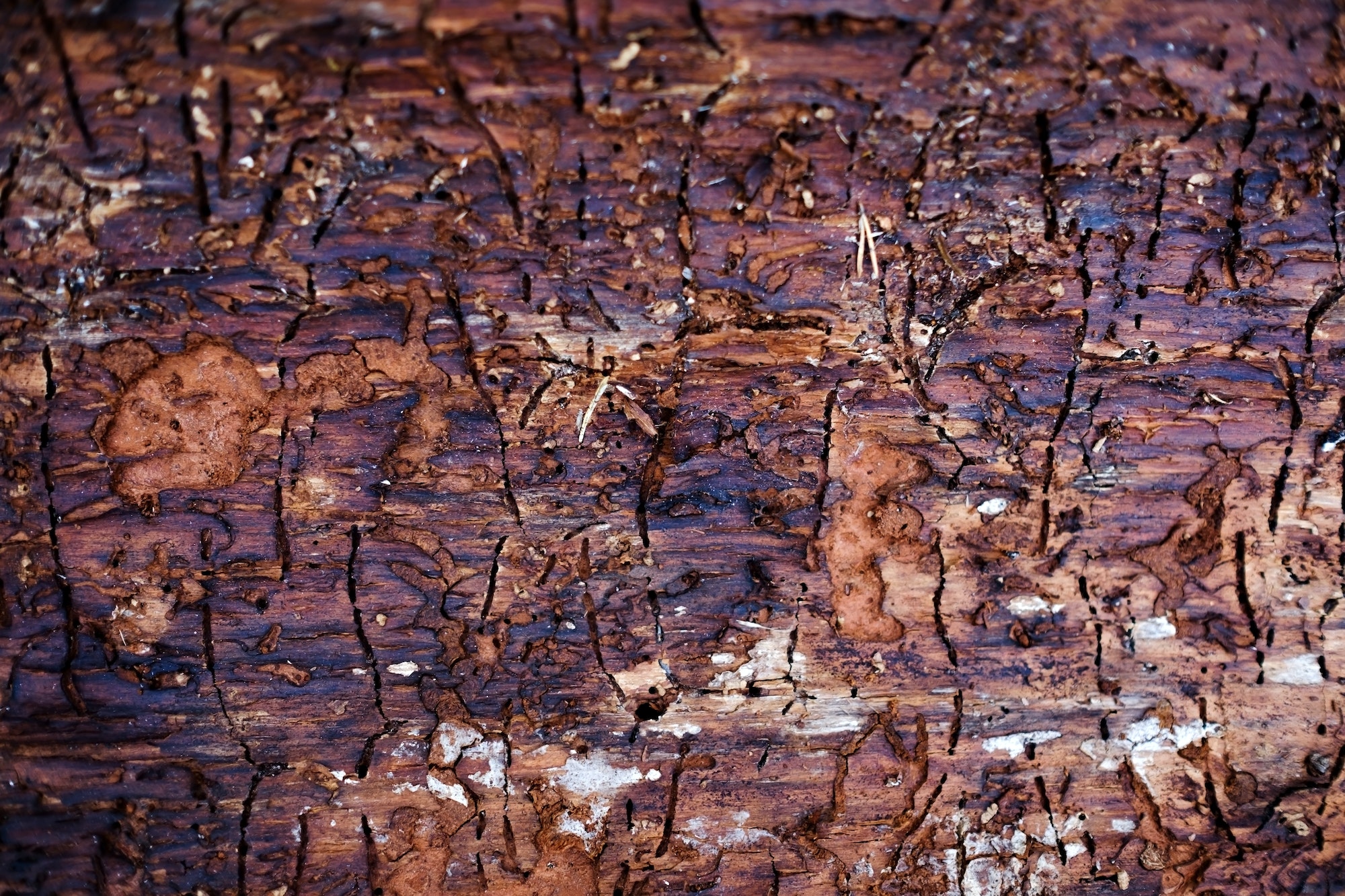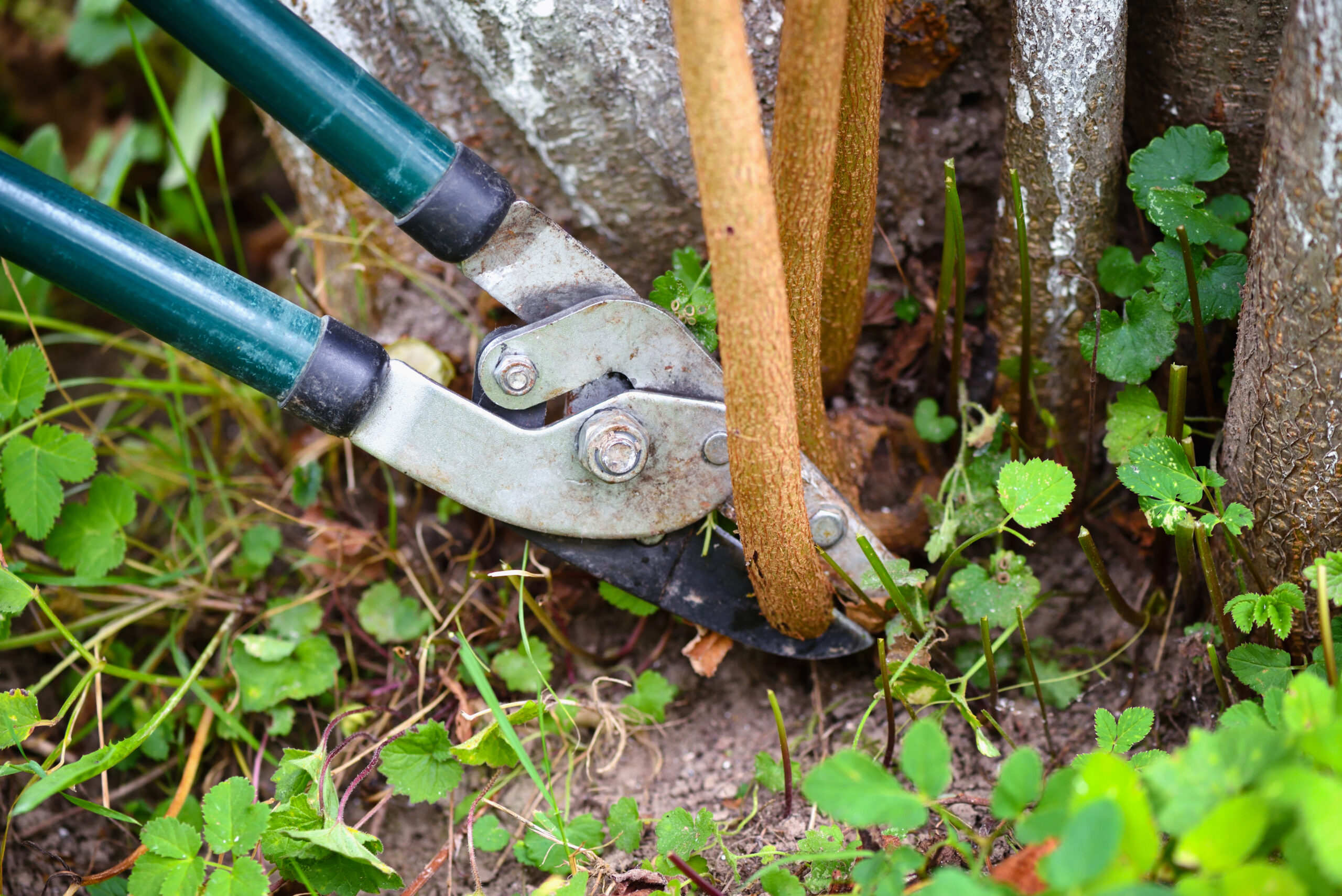Why prioritizing the health of your trees is non-negotiable
Trees are more than just silent companions in your landscape. They are living entities that contribute to the health and beauty of your outdoor environment. However, it’s essential to have a well-rounded approach to tree care to ensure their longevity and vitality. This article highlights the essential tips for improving the health of your trees.
Apply Mulch to Your Trees
Mulching effectively protects your trees against weeds, pests, and the impact of harsh weather. Additionally, it plays a vital role in maintaining the health of tree roots by supplying essential nutrients. It’s advisable to mulch your trees annually. Apply a layer approximately two to four inches deep. However, avoid excessive mulching around the tree’s trunk, which can lead to issues.
Provide Adequate Watering
- Proper watering is essential for the well-being of trees. While young trees require regular watering, mature trees need hydration during drought. Ensure deep watering to saturate the entire root zone, which extends about 2 to 3 feet deep for mature trees, reaching just beyond the drip line.
It’s crucial to allow the soil to dry before the next watering. Relying on lawn sprinklers is not advisable, as they often fail to penetrate deeply and can result in shallow root development. Instead, consider utilizing soil basins or drip irrigation for more effective and efficient watering practices.
Schedule Regular Tree Assessments
Diseases can spread quickly and wreak havoc on your trees, leading to their death if left untreated. Therefore, it’s crucial to monitor your trees for signs of disease.
Follow these steps for proper tree assessment:
- Step back and observe the tree from a distance. Pay attention to any visible signs of damage or stress.
- Use a ladder to examine the tree crown and observe the signs of dead or diseased leaves.
- Focus on the branches to find the symptoms of tree diseases such as discolored bark or canker. Look for notable structural issues like cracks, splits, and hollows.
- Thoroughly inspect the condition of the trunk. Search for signs of root rot, soil compaction, and girdling.
- Once you find the potential issues, customize a comprehensive tree care plan before the damage worsens.
Tree Fertilization For Optimal Growth
Fertilizing mature trees in the early spring promotes their health and vitality. Follow these techniques to ensure effective tree fertilization.
- Use a slow-release fertilizer specifically designed for mature trees. Typical fertilizers may damage the tree’s roots, so choosing the appropriate fertilizer is crucial.
- Evenly spread the fertilizer around the tree base while avoiding the trunk area. Apply enough fertilizer to cover the entire root zone.
- Monitor the growth of your tree closely for ongoing tree care. Watch out for signs of nutrient deficiencies, pest infestations, or other issues impacting the tree’s health. Promptly address any identified problems to maintain the well-being of your mature trees.
Eliminate Grass and Weeds
 Grass and weeds often compete with your trees for essential water and nutrients. Hence, it’s necessary to take action against them. Opt for manual removal by hand-pulling the weeds or use a carefully chosen herbicide.
Grass and weeds often compete with your trees for essential water and nutrients. Hence, it’s necessary to take action against them. Opt for manual removal by hand-pulling the weeds or use a carefully chosen herbicide.
It’s crucial to strictly follow the instructions on the herbicide packaging, as incorrect usage can harm your trees. Eliminating these competitors can help ensure your trees receive the nourishment they need to flourish.
To correct any nutrient deficiencies or other tree issues, contact American Tree Experts Inc. We are a professional tree pruning and nutrient management company. Our experts will develop a customized tree healthcare program and look after your trees as best as possible. Call us at (973) 774-6091 today for a free quote for all your tree-related needs.



 Some low-hanging or weak branches are obvious hazards. Tree cabling and bracing can protect these potentially dangerous trees on your property. An arborist may even recommend removing the tree depending on the damage and the tree’s distance from your home. Protective methods are crucial, especially when the trees are present in populated areas.
Some low-hanging or weak branches are obvious hazards. Tree cabling and bracing can protect these potentially dangerous trees on your property. An arborist may even recommend removing the tree depending on the damage and the tree’s distance from your home. Protective methods are crucial, especially when the trees are present in populated areas.
 It commonly occurs when the soil surrounding the tree’s base remains excessively damp over extended periods. Phytophthora root rot adversely affects the tree’s root system, weakening its structural stability and potentially giving rise to further issues like property damage and even accidents. Untreated cases over several years can lead to the tree’s death.
It commonly occurs when the soil surrounding the tree’s base remains excessively damp over extended periods. Phytophthora root rot adversely affects the tree’s root system, weakening its structural stability and potentially giving rise to further issues like property damage and even accidents. Untreated cases over several years can lead to the tree’s death.
 There are different guidelines for different trees. A mature tree’s roots should not be cut closer than 6-8 inches from the trunk for each inch in trunk diameter. For instance, if the tree’s diameter is 20 inches, cut at least 10 feet away. Alternatively, prune roots no closer to the trunk than a distance equal to 3 to 5 times the trunk diameter. On the other hand, a young tree can withstand complete root pruning on one side at a distance equal to 5 times
There are different guidelines for different trees. A mature tree’s roots should not be cut closer than 6-8 inches from the trunk for each inch in trunk diameter. For instance, if the tree’s diameter is 20 inches, cut at least 10 feet away. Alternatively, prune roots no closer to the trunk than a distance equal to 3 to 5 times the trunk diameter. On the other hand, a young tree can withstand complete root pruning on one side at a distance equal to 5 times 
 Hardiness Zones: Thrives in zones 2-9
Hardiness Zones: Thrives in zones 2-9
 Elm tree, particularly the Siberian elm, has certain issues that should be considered. The high germination rate of the elm tree’s seeds led to its aggressive spread beyond the intended planting areas. In addition, these trees have brittle, weak wood, making them susceptible to storm and ice damage.
Elm tree, particularly the Siberian elm, has certain issues that should be considered. The high germination rate of the elm tree’s seeds led to its aggressive spread beyond the intended planting areas. In addition, these trees have brittle, weak wood, making them susceptible to storm and ice damage.
 Just before leaves emerge, fertilizing mature trees in the early spring promotes their health and vitality. Follow these techniques to ensure effective tree fertilization.
Just before leaves emerge, fertilizing mature trees in the early spring promotes their health and vitality. Follow these techniques to ensure effective tree fertilization.
 While excessive pruning during the active growth season can be harmful, it should be noted that over-pruning at any time of the year can induce stress in a tree. This can render a tree more vulnerable to diseases. Therefore, it is essential to remember that each pruning cut carries significance because every cut is a wound to the tree.
While excessive pruning during the active growth season can be harmful, it should be noted that over-pruning at any time of the year can induce stress in a tree. This can render a tree more vulnerable to diseases. Therefore, it is essential to remember that each pruning cut carries significance because every cut is a wound to the tree.
 After the tree has been cut down, removing the tree’s base comes next. Some individuals leave the base to be used as a plant stand or stool. However, renting a stump grinder is advisable to remove the base completely. While it is possible to let the stump decay naturally over time,
After the tree has been cut down, removing the tree’s base comes next. Some individuals leave the base to be used as a plant stand or stool. However, renting a stump grinder is advisable to remove the base completely. While it is possible to let the stump decay naturally over time, 
 Along with hot weather, summer can also bring unexpected storms that risk your trees’ safety. Severe storms can cause the branches to break loose or damage them, creating hazards around the trees. It is advisable to consult a seasoned arborist for appropriate measures to provide additional protection to your trees. Professionals suggest an appropriate course of action for your trees, such as removing dead branches or cabling techniques to secure vulnerable parts of the tree.
Along with hot weather, summer can also bring unexpected storms that risk your trees’ safety. Severe storms can cause the branches to break loose or damage them, creating hazards around the trees. It is advisable to consult a seasoned arborist for appropriate measures to provide additional protection to your trees. Professionals suggest an appropriate course of action for your trees, such as removing dead branches or cabling techniques to secure vulnerable parts of the tree.